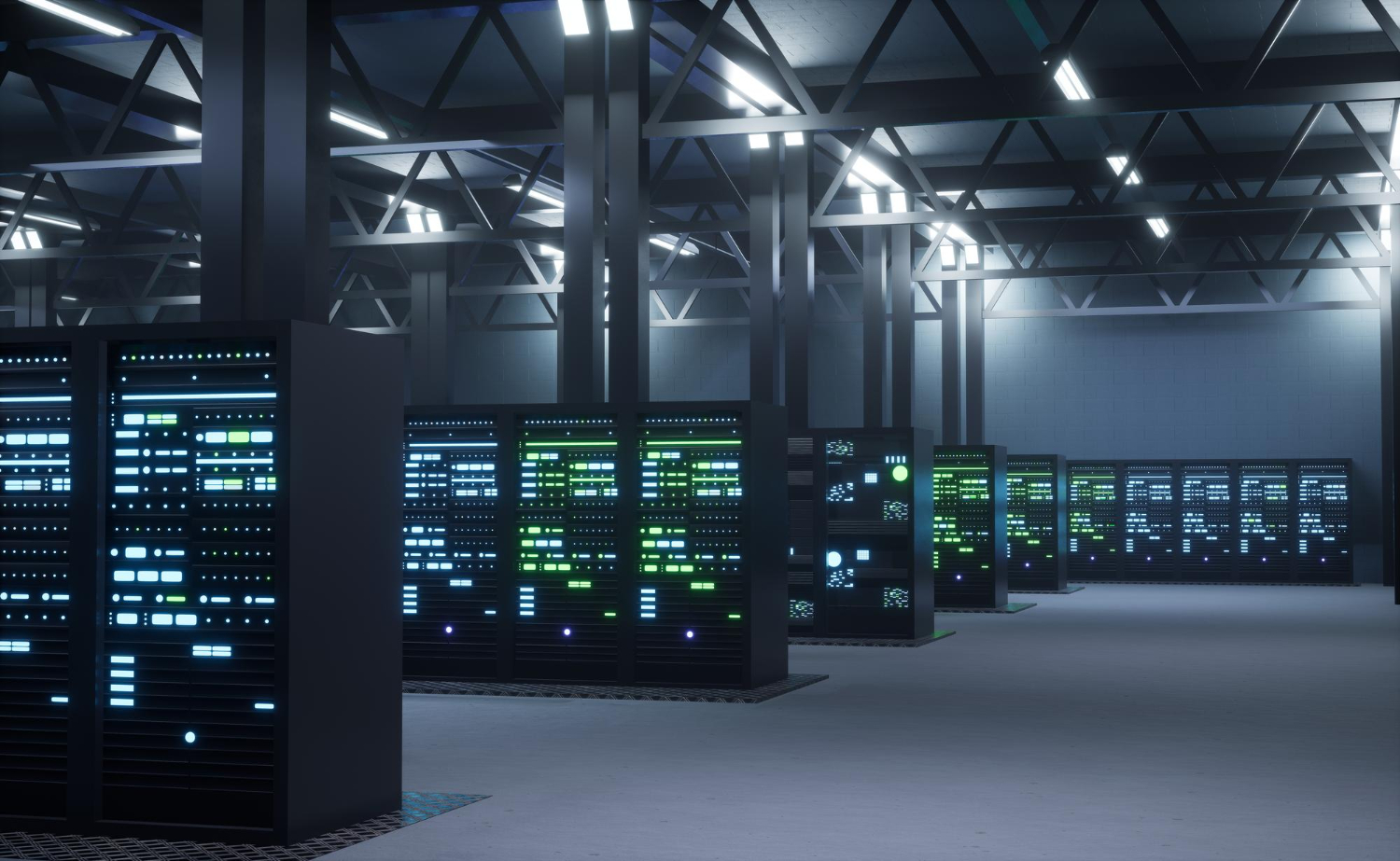Introduction
When working with data, one of the first steps is understanding the different data structures available. Choosing the appropriate structure is crucial for accurate analysis and interpretation. This article explores three primary types of data structures: time series data, cross-sectional data, and panel data. Understanding their characteristics, applications, and key differences will enhance your ability to analyze data effectively.
Time Series Data
What is Time Series Data?
Imagine filming the same event over time—like recording the temperature every hour or tracking stock prices every day. Time series data is all about observing how something changes over time. Time is the key factor here.
Examples:
📈 Stock Prices → Apple’s daily closing price from 2020 to 2023.
🌡️ Weather Data → Temperature in New York every hour for a week.
💻 Website Traffic → Number of visitors to a website every day for a year.
📊 GDP Growth → The U.S. GDP recorded every year from 1990 to 2023.
Key Features:
⏳ Time-ordered → Data points are collected in a sequence (e.g., daily, hourly, yearly).
📉 Trends & Patterns → Some variables increase, decrease, or follow seasonal cycles (e.g., winter sales spikes).
🔮 Forecasting Potential → Helps predict the future using past trends (e.g., stock market predictions).
How is it Analyzed?
📊 Autoregressive Models (AR) → Predicting stock prices based on past data.
📉 Moving Averages (MA) → Smoothing out temperature fluctuations to see trends.
📈 ARIMA (Autoregressive Integrated Moving Average) → Forecasting inflation rates or economic trends.
🛍️ Exponential Smoothing → Predicting demand for winter jackets based on past seasonal trends.
💡 In short: Time series data is like a movie, showing how something changes over time—useful for detecting trends, patterns, and making predictions!
Cross-Sectional Data
What is Cross-Sectional Data?
Think of cross-sectional data like a snapshot—a single photo taken at one moment in time. It doesn’t track changes over time, just what things look like at that exact moment. Cross-sectional data captures observations of multiple subjects at a single point in time. Unlike time series data, which tracks changes over time, cross-sectional data provides a snapshot of variations across different entities at a fixed moment.
What is Cross-Sectional Data?
Imagine you walk into a mall and ask 100 random people how much money they made last year. You record their answers only for that year—not what they made last year or what they’ll make next year. That’s cross-sectional data.
Examples:
- Household Income Survey → Asking different families their income for 2023.
- Medical Study → Measuring the blood pressure of 500 patients on March 1, 2024 (not tracking their health over time).
- Customer Satisfaction → Getting feedback from shoppers in February 2024.
- Student Exam Scores → Collecting math test scores from students across different schools in 2023.
Key Features:
- 📌 One-time snapshot – Captures data at a single point, no tracking over time.
- 🎭 Focuses on differences – Compares people, groups, or things at that moment.
- 🔗 Observations are separate – Each data point stands alone.
How is it Analyzed?
- ANOVA → Comparing students’ math scores across different schools.
- T-tests → Checking if male and female employees earn differently.
- Regression Analysis → Seeing if higher education leads to better salaries in one specific year.
Basically, cross-sectional data helps us compare different people or groups at the same moment in time, like a still photo rather than a movie.
Panel Data
What is Panel Data?
Imagine taking a group photo of the same people every year for 10 years. You now have pictures of each person at different points in time. That’s panel data—it tracks multiple subjects over multiple time periods, so you can see both individual differences and changes over time.
Examples:
📈 Income Tracking → Recording the salaries of 500 workers every year from 2015 to 2025.
👩🎓 Employment Study → Tracking how many jobs university graduates hold over a decade.
🩺 Medical Research → Checking cholesterol levels of 200 patients every year for five years.
🌍 Economic Indicators → Monitoring inflation and unemployment in different countries over 20 years.
Key Features:
📅 Time + Subjects → It tracks the same people/things over time.
🔬 More detailed analysis → You can study trends and changes instead of just one-time comparisons.
🔗 Richer insights → Helps identify cause-and-effect relationships (e.g., “Does education lead to higher income over time?”).
How is it Analyzed?
⚖️ Difference-in-Differences (DID) → Example: Comparing states with and without a new minimum wage law to see its impact on jobs.
📊 Fixed Effects Models → Example: Checking if teacher effectiveness impacts student performance over multiple years.
🧪 Mixed Effects Models → Example: Tracking clinical trial patients over time to see how different treatments work.
💡 In short: Panel data is like a photo album, not just a single picture—it helps us see changes and patterns over time!
Think of Cross-Sectional, Panel, and Time Series Data as different ways to study data over time and across subjects. Here’s how they all relate:
1. The Big Picture: What’s Being Measured?
- Cross-Sectional Data → A single snapshot of different things at one point in time.
- Time Series Data → A movie of one thing changing over time.
- Panel Data → A photo album tracking multiple things over multiple time periods.
2. Comparing the Three Types
| Feature | Cross-Sectional Data | Time Series Data | Panel Data |
|---|---|---|---|
| What is tracked? | Different subjects at one time | One subject over many time points | Multiple subjects over multiple time points |
| Example | Comparing incomes of 1,000 families in 2023 | Tracking Apple’s stock price daily from 2020–2023 | Following 500 workers’ salaries from 2015–2025 |
| Main Question | “How do different subjects compare right now?” | “How is this one thing changing over time?” | “How do different subjects change over time?” |
| Focus | Differences between entities | Trends & patterns over time | Changes over time + differences between subjects |
| Common Analysis | ANOVA, t-tests, regression | AR, MA, ARIMA, exponential smoothing | Fixed effects, mixed effects, DID |
3. How They Work Together in Research
Let’s say you’re researching how education affects salaries:
✅ Cross-Sectional → Survey workers in 2023 to compare salaries based on their education level.
✅ Time Series → Track average salaries in a country every year from 1990–2023 to see trends.
✅ Panel Data → Follow the same group of workers for 10 years to see how their salaries change with experience.
4. Why It Matters
- Cross-Sectional gives a quick comparison but no trends.
- Time Series helps predict the future but focuses on one subject.
- Panel Data gives the best of both—tracking multiple subjects over time for deeper insights.
💡 In short: Cross-Sectional is a snapshot, Time Series is a movie, and Panel is a photo album. Together, they help us analyze data in different ways, depending on what we want to learn!










Leave a Reply